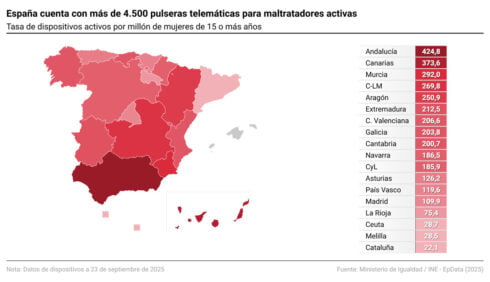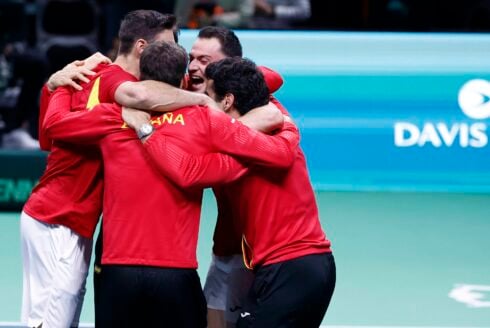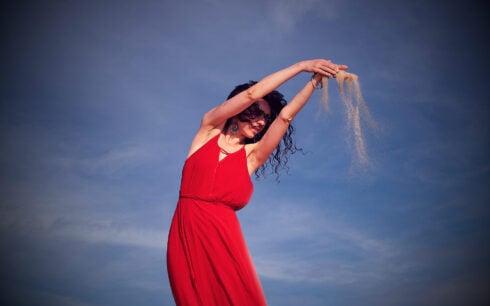RONDA doesn’t just appear; it confronts you. As the road bends, this captivating city leaps into view, rising like a white pearl surrounded by the rugged Andalucian countryside.
You know you are arriving somewhere special and this is confirmed when you begin to understand its geography: a hilltown named by the Romans as Arunda, meaning literally ‘surrounded by mountains’.
But Ronda, which is indeed encircled by sierras in every direction, is also a geologist’s dream, the city being hewn in two by a deep chasm carved by the Guadalevin River.
It all adds to its complex history. Where the threads that make up the multicoloured fabric of Andalucia – Moorish architecture, Roman grandeur, bullfighting, poets and outlaws all happily intertwine.
Ronda is more than a destination; it’s a living chronicle where its stones feel the weight with centuries of stories.
The visceral experience of Ronda begins with the Tajo, the breathtaking gorge that rips through its centre and spreads out into a deep valley below.
Spanning this monumental divide is the Puente Nuevo (New Bridge). It’s the physical and spiritual heart of the city and you can’t go near it without feeling the sheer, dizzying height.
The bridge’s very existence is rooted in a devastating secret. Before this stone marvel stood here, a precarious wooden trestle-bridge was the only link across the 300-foot drop.
In 1740, that wooden structure failed, and 50 innocent rondeños plunged to their deaths.
The 40 years it took to reconstruct it wasn’t just engineering; it was an act of collective will to ensure the community would never be divided again.
Today, it stands as a testament to resilience, offering views so spectacular that locals claim, ‘the birds fly at the feet of those who look out’.
Ronda’s layout is a simple historical map: La Ciudad (the Old Town and former Moorish medina) sits on the south side, looking ancient and labyrinthine, while El Mercadillo (the modern commercial district) sits on the north.
Then down below, outside the charming Arabic Almocobar gate, sits the San Francisco neighbourhood that sits beside the medieval walls that once defended the entire fortress.
Long before the Puente Nuevo, Ronda was already holding the line: The Celtic tribe, the Bastuli, knew the early importance of this rocky outcrop for trade, perhaps even along ancient Atlantic routes.
When the Romans arrived, the city quickly grew in stature. They developed a unique ‘twin’ settlement colony: the defensible Arunda and the even better fortified town of Acinipo (Old Ronda) some 15 minutes west.
Do take time to visit the tranquil ruins of Acinipo, where you can still find considerable remains of its impressive Roman theatre.
Imagine the life that thrived here: Roman author Pliny mentioned Ronda in his writing shortly before he died during the eruption of Vesuvius in 79 AD, confirming its importance in ‘Baetica,’ Roman Southern Spain.
Then came the Western Goths (or Visigoths). They were mainly farmers, and their brief period of wooden structures left little trace – a quiet interlude before the continent was changed forever.
Eight centuries in Al-Andalus
The arrival of Muslim forces from Morocco in 711 AD transformed Ronda and dictated its destiny for eight centuries. It immediately became a powerful Arab city and fortress, and this influence remains palpably preserved today, especially in La Ciudad.
Stepping into the Old Town is like walking into a time capsule. It retains its original Arab street plan: a mesmerizing maze of narrow, winding lanes.
This wasn’t accidental architecture; it was highly practical, reflecting the ancient Arab proverb that ‘the sun is our enemy’.
The tight streets maximised shade and minimized the blistering summer heat, an effect enhanced by the beautiful geometric azulejos (tiles) used in the interiors.
The history here is one of constant friction. The area was central to the rebellion of the Muladis (Christians who converted to Islam) led by Omar Ben Hafsun, a fierce resistance that highlights how near-impossible it was to conquer this rocky perch.
The Arabic legacy didn’t just stay within the walls; it seeped into the very landscape. The local villages of the nearby Serrania still bear names like Arriate, Benaojan, Benadalid, and Farajan, all rooted in Arabic.
Even the Spanish language spoken by the rondeños carries the ancient heritage: when someone says “¡Ojala!” (I wish!), they are invoking the name of the deity (Allah). And whether you believe it or not, some etymologists suggest the famous bullfight shout of ‘¡Olé!’ reveals those same ancestral Islamic links.
The Muslim era ended in 1485 when the Catholic Monarchs conquered the city (just seven years before the final push seized Granada) after a long struggle.
The peace was short-lived. The Christian rulers needed the talented Arab craftsmen, but the uneasy truce eventually broke down, leading to the brutal decree of forced conversion or expulsion.
Following a series of bloody uprisings by the Moriscos (converted Muslims), the final expulsion in 1571 ended a remarkable 700-year history, though pockets of resistance held out in the rugged nearby mountains for years.
What to visit: A walk through time
To understand this layered history, you must walk it. Your exploration should begin in El Mercadillo, the newer section of the city, where the monumental structure that demands attention is the Plaza de Toros de Ronda.
This is the oldest bullring in Spain and the undisputed birthplace of modern bullfighting, immortalised by the family of the legendary bullfighter Antonio Ordoñez, the man who defined its modern swagger and enjoyed the company of figures like Ava Gardner.
Its stunning, classical architecture speaks to the wealth of the 18th century, the same era that produced the Puente Nuevo.
Nearby, you’ll find the Alameda del Tajo. This beautiful Spanish-style park is perfect for a leisurely stroll and greeting friends, and its unique views over the countryside make it essential viewing.
It has that wonderfully unique origin story: its construction in Napoleonic times was said to have been financed by a ‘swear box’! Anyone caught uttering curse words (palabrotas) had to contribute to the cost of the park.
Then you should cross the Puente Nuevo into the Old Town, and once in La Ciudad, the history becomes intimate. You are walking the Arab street plan, where key monuments whisper tales of conquest and nobility:
- Mondragon Palace: Once the residence of the Moorish king Abbel Malik, and later adapted by the Catholic nobility. Its beautiful Moorish-style courtyards and intricate tile work offer a visual testament to the fusion of cultures that followed the reconquest.
- Casa del Rey Moro (The House of the Moorish King): Despite its name, this palace was built after the Christians took Ronda, but it is famous for one unmissable feature: La Mina. This is a secret staircase of over 200 steps, carved directly down into the gorge during the Arab era. It was used to draw water and, in times of siege, to repel invaders. It is a staggering feat of defensive engineering that makes the walk down worth the effort.
- Baños Arabes (Arab Baths): Located outside the ancient Moorish walls, these baths are some of the best-preserved in all of Spain. They are a tranquil, atmospheric space that offers a quiet moment to reflect on the daily life of the city’s Muslim population a thousand years ago.
- Don’t forget to take the winding path down below the bridge to appreciate its staggering scale from the bottom of the gorge.
Poets, bandits, and Bohemian flair
Ronda’s dramatic setting has always ensured it is a magnet for artists, writers, and individuals living outside convention. To walk its winding streets is to commune with romantic ghosts.
The impressive chronicle of literary and artistic authors captivated by the city can be traced from ancient history to the present day.
Beyond Pliny, the list includes the poet-king of Sevilla, al-Mutamid; the Renaissance man and native of Ronda, Vicente Espinel, who is credited with inventing the modern Spanish guitar by adding a fifth string; and the Austrian poet Rainer Maria Rilke, who allegedly died after being pricked by the thorn of a rose, but who also had leukemia.
Perhaps the most poignant figure is Juan Ramon Jimenez, hounded by the Fascists, who famously confided his most secret thoughts only to his beloved mule, ‘Platero’.

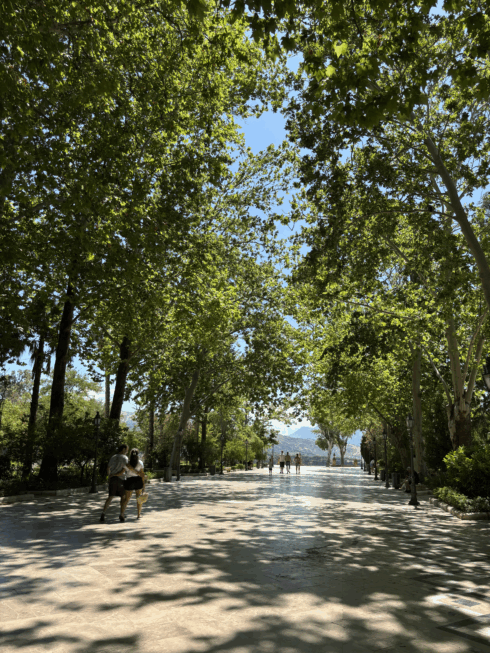
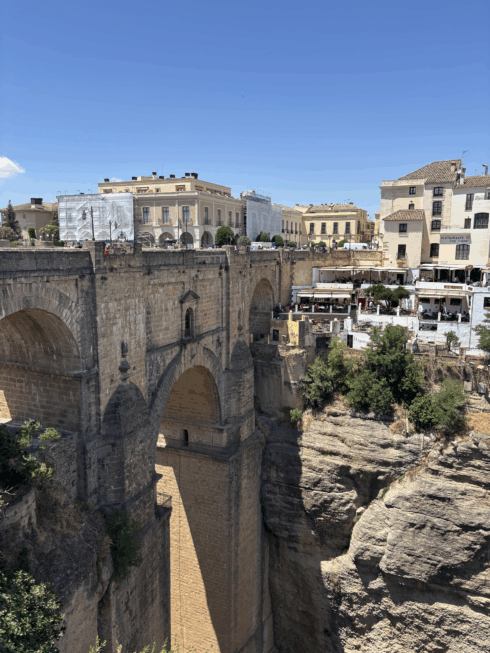



Ronda (Málaga)




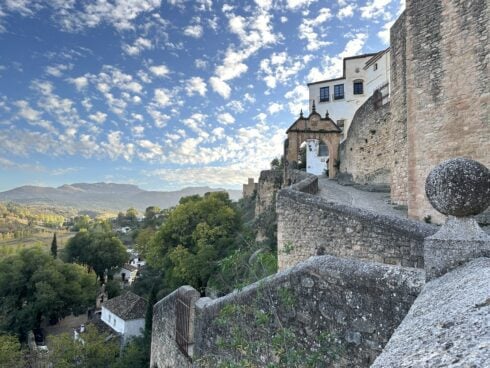

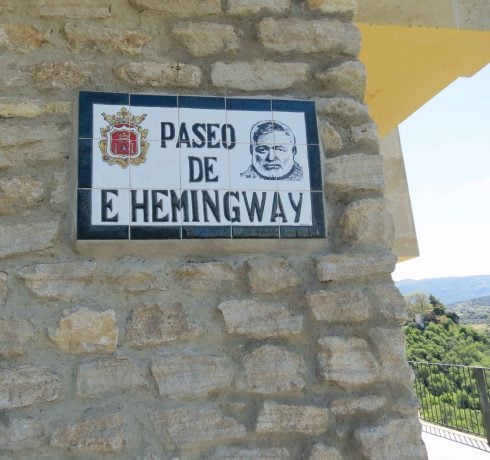



The city’s allure extends to the visual arts: the English painter David Bomberg, described as the ‘poor Jewish boy from London’, came here to create canvases bathed in Ronda’s intense golden light. He has had many followers.
And let’s not forget the famous bandits (bandoleros) who thrived in the surrounding mountains, like the singing outlaw Tragabuches, whose tales still fuel Ronda’s vibrant folklore.
Tasting the Serrania: A final stroll
The city invites you to take a leisurely stroll, allowing you to appreciate in detail the features of the ancient Moorish medina, on the south bank of the Guadalevin River, which still preserves part of its walls, and to cross the Puente Nuevo, and stroll along the Alameda del Tajo, pausing in the nooks and crannies and monumental works that open their doors to visitors.
You can’t leave Ronda without experiencing its food – a robust celebration of the surrounding mountains and with plenty of talented local chefs.
READ MORE:
The culinary highlight is undoubtedly bull’s tail (rabo de toro), a rich, slow-cooked beef speciality served in a thick, savoury gravy, while its top chef Benito Gomez now proudly sits on two Michelin stars with his restaurant Bardal.
Alternatively, you can recharge your batteries by hopping from bar to bar to enjoy the infinite variety of tapas, small, inexpensive snacks perfectly paired with the region’s local wines… and there are nearly 30 bodegas producing vino in the nearby hills.
Ronda’s modern spirit is best captured in its festivals. The people here have a long memory for conflict, especially the French invasion in the early 1800s. Today, Ronda and its nearby villages celebrate their history with joyous, annual costumed re-enactments of the defeat of the French, accompanied by several days of genuine communal partying, featuring plenty of wine, music, and dancing.
From the quiet history of the Roman theatre at Acinipo to the vibrant energy of the modern districts, Ronda is a city that has mastered the art of survival and cultural fusion. It is a bold, unforgettable piece of history that continues to live right on the edge of the world.
Click here to read more Olive Press Travel News from The Olive Press.


